Religion
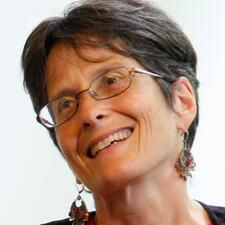
Sharon Cohen Anisfeld
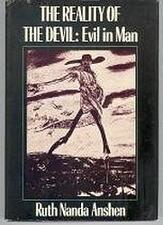
Ruth Nanda Anshen
Ruth Nanda Anshen, twentieth-century philosopher, lecturer, and author, was an “intellectual instigator” for such writers of genius and eminent thinkers as physicist Albert Einstein, scientist Jonas Salk, and others. Anshen created connections between the great thinkers of different fields, offering them opportunities to explain their work to each other and the general public.

Architects in Palestine: 1920-1948
The mass immigration from Europe after 1933 brought many architects to Palestine, amongst whom were a number of women. For these women, being an architect meant total devotion to the profession.
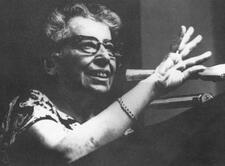
Hannah Arendt
Brilliant and controversial, Hannah Arendt was a German-trained political theorist whose books exerted a major impact on political theory in North America and Europe. The Origins of Totalitarianism (1951) made her an intellectual celebrity in the early years of the Cold War. She was the first woman to become a full professor at Princeton University.
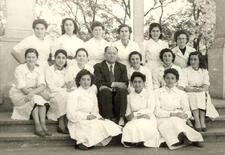
Argentina: Jewish Education
Over the course of the twentieth century, Jewish educational opportunities expanded for girls and teaching as an occupation became a possibility for Jewish women in Argentina. The 1920s saw the first female teachers in Jewish schools, and by the end of the 1950s, seventy percent of teachers were locally-trained women.
Art: Representation of Biblical Women
For centuries, art has portrayed biblical women in ways that reflect society’s attitudes towards women and their role. Depictions of female biblical figures fluctuate according to historical and social perceptions. Jewish art often features heroic and worthy women who, through their courageous deeds, helped to triumph over Israel’s enemies.
Artists: Contemporary Anglo
In Britain, both feminism and feminist art took considerably longer to emerge and make their mark than in the United States, but when they did, many Jewish women artists created profound artistic work. British Jewish women artists generally hold both Jewishness and gender as central to their artistic output. Their art reveals the diverse ways in which women perceive their Jewishness in contemporary Britain.
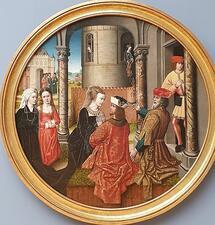
Asenath: Bible
The minor character Asenath, mentioned in the Bible as Joseph’s wife and mother of Manasseh and Ephraim, became the heroine of an ancient Jewish novel written between 100 BCE to 200 CE, likely in Egypt. In the text, the daughter of an Egyptian priest falls in love with Joseph, turns to the God of Israel, marries Joseph, and is saved by God and some of Joseph’s brothers from attack by Pharaoh’s son.

Asenath: Midrash and Aggadah
Asenath is mentioned in the Torah as “the daughter of Poti-phera,” an Egyptian priest. Whether she actually descended from the Egyptians or Israelites is a contested matter in the Rabbinic tradition.

Asherah/Asherim: Bible
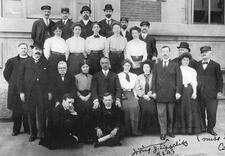
Assimilation in the United States: Nineteenth Century
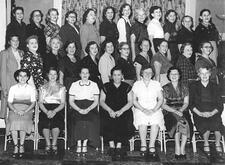
Assimilation in the United States: Twentieth Century
Jewish women assimilating into a changing American society across the twentieth century navigated often conflicting gender roles. As they strove to achieve upward social mobility, they adapted Jewish assumptions of what women, especially married women, should do to accommodate American norms for middle class women. Their collective accomplishments registered in political activism, organizational creativity, strong support for feminism, religious innovation, and educational achievement in the face of antisemitism, stereotypes, and denigration.
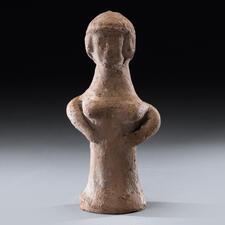
Astarte: Bible
Astarte is the Greek form of the name Ashtart, who, along with Asherah and Anath, was one of the three great goddesses of the Canaanite pantheon. Astarte is well known as a goddess of sexual love and fertility but also has associations with war.
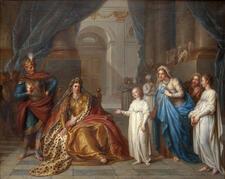
Athaliah: Bible
Queen Athaliah lived in the ninth century B.C.E. and was the wife of Jehoram of Judah. After her son’s brief rule, she kills the remaining members of the dynasty and reigns for six years, when she is overthrown. She is viewed negatively in scripture, which describes her actions as wicked, and her ability to harness power is not mentioned.
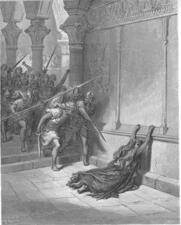
Athaliah: Midrash and Aggadah
Athaliah was one of the few women to rule Israel, which she did for six years. She was very powerful and is described as evil, as she radically changed traditional practices and executed almost all of the members of the Davidic lineage.
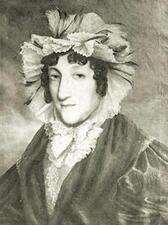
Australia: 1788 to the Present
The first Jewish women, like the first Jewish men, arrived in Australia on the very first day of European settlement in 1788. Those convict pioneers were followed by free settlers who made Jewish communal and congregational life viable and helped to develop the vast continent. Jewish women have made significant contributions to Australia's national story.

Helène Aylon
Helene Aylon was an American, New York-based, multimedia visual artist who began by creating process art in the 1970s, focused on anti-nuclear and eco-activist art by the 1980s, and subsequently devoted more than 35 years to the multi-partite installation The G-d Project. This last body of work’s often direct or indirect textuality resonates from and responds to Judaism’s traditionally male-dominated textuality as part of a larger commentary on women in Judaism.
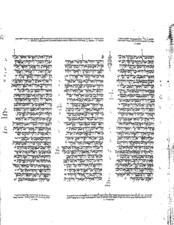
Ba'alei Ha-Nefesh
Ba’alei Ha-Nefesh is a halakhic work written by Rabbi Abraham ben David (Rabad) of Posquieres, a Provençal rabbi, in 1180. It focuses on the laws of behavior during niddah (menstruation), and lays out Rabad’s theology of self-control, sexuality, and the role of Jewish women.
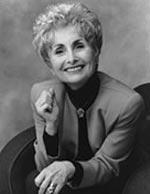
Ba'alot Teshuvah: Jewish Women Who Become Orthodox
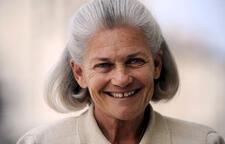
Elisabeth Badinter
Elisabeth Badinter is one of France’s most prominent and controversial philosophers. Among her most important contributions figure her numerous writings about feminism and gender relations, which emphasize the importance of “equality through resemblance,” as well as her historical works on the Enlightenment.
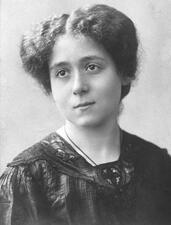
Bertha Badt-Strauss
A religious German-Jewish writer, intellectual, and ardent Zionist, Bertha Badt-Strauss was one of the first women to earn a doctoral degree in Prussia. She was a prolific writer, publishing hundreds of articles over the course of her lifetime, and was very involved in the “Jewish Renaissance” cultural movement. She was dedicated in particular to illuminating the diverse experiences of Jewish women past and present.
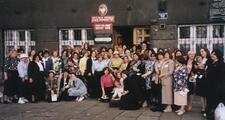
Bais Ya'akov Schools
Bais Yaakov is a network of schools and youth movements for Orthodox girls, which was founded in Krakow, Poland, in 1917 and grew into a system of hundreds of schools in Poland and beyond. It quickly rebuilt after the Holocaust and thrives today in Orthodox communities around the world.
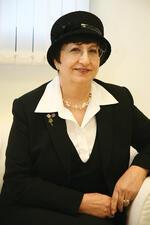
Adina Bar-Shalom
Adina Bar-Shalom defines herself as a Haredi woman, not a feminist but a go-getter. She is involved in and has initiated Israeli cultural, public and political activities in conjunction with secular organizations and activists and has participated in many social fora.
Baraita de-Niddah
A rabbinic text about the ritual laws relating to menstruation, Baraita de-Niddah has a mysterious origin and an unknown impact on the interpretation of Jewish law about menstruation.
Asnat Barazani
Asnat Barazani was a highly educated and respected Torah scholar in late 16th and early 17th century Kurdistan. After her father’s death, he passed leadership of his Yeshiva in Mosul to Asnat’s husband, but she essentially ran it, taking rabbinic students under her supervision.


